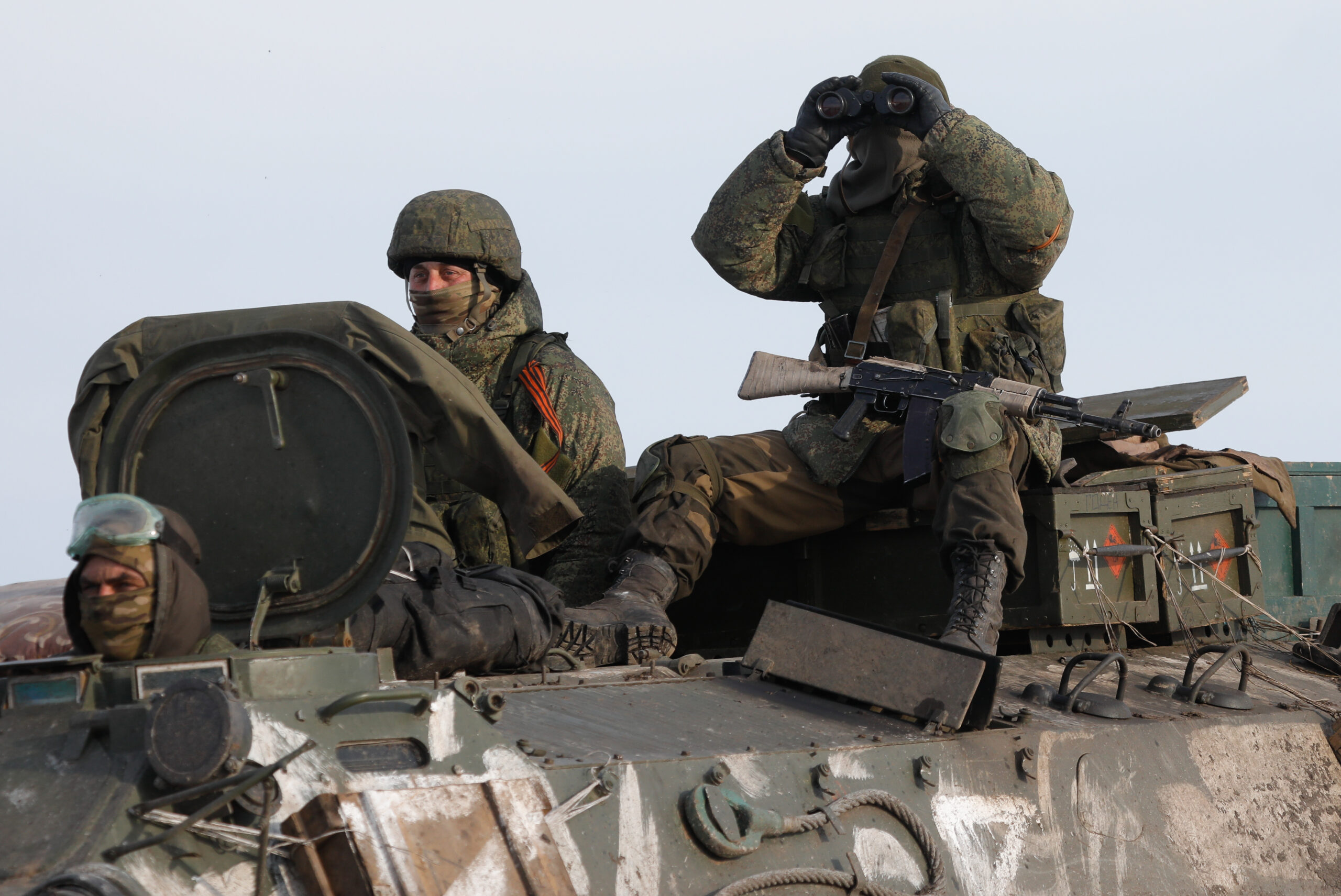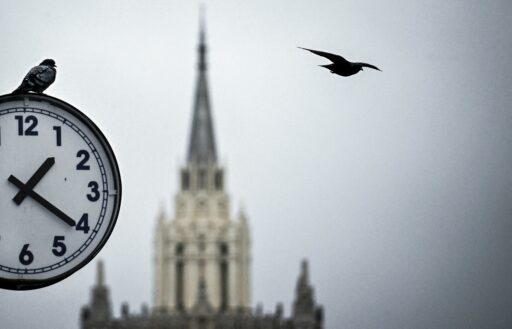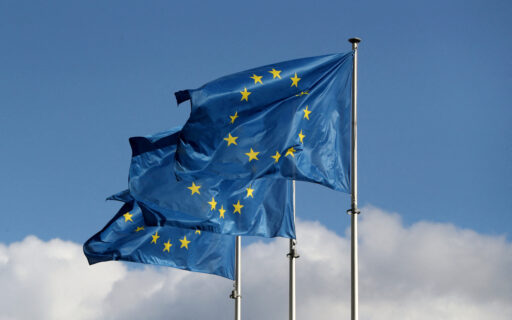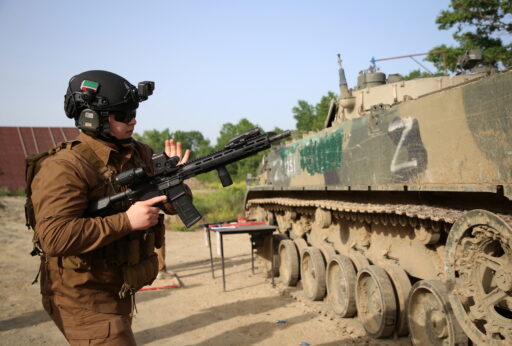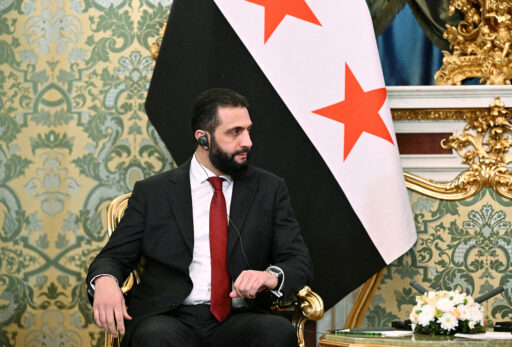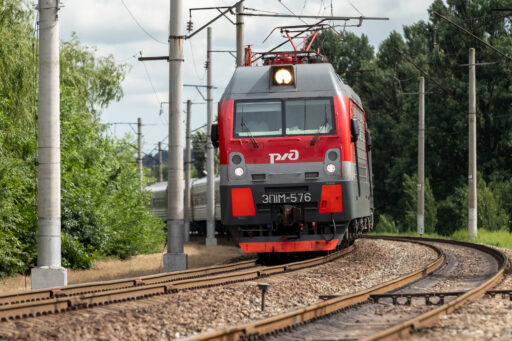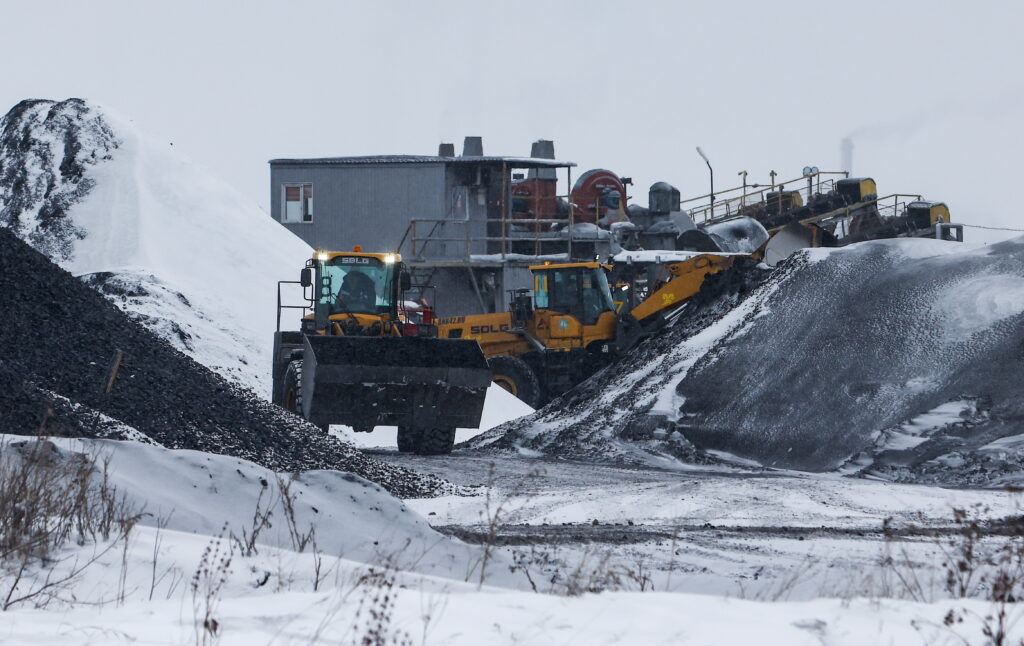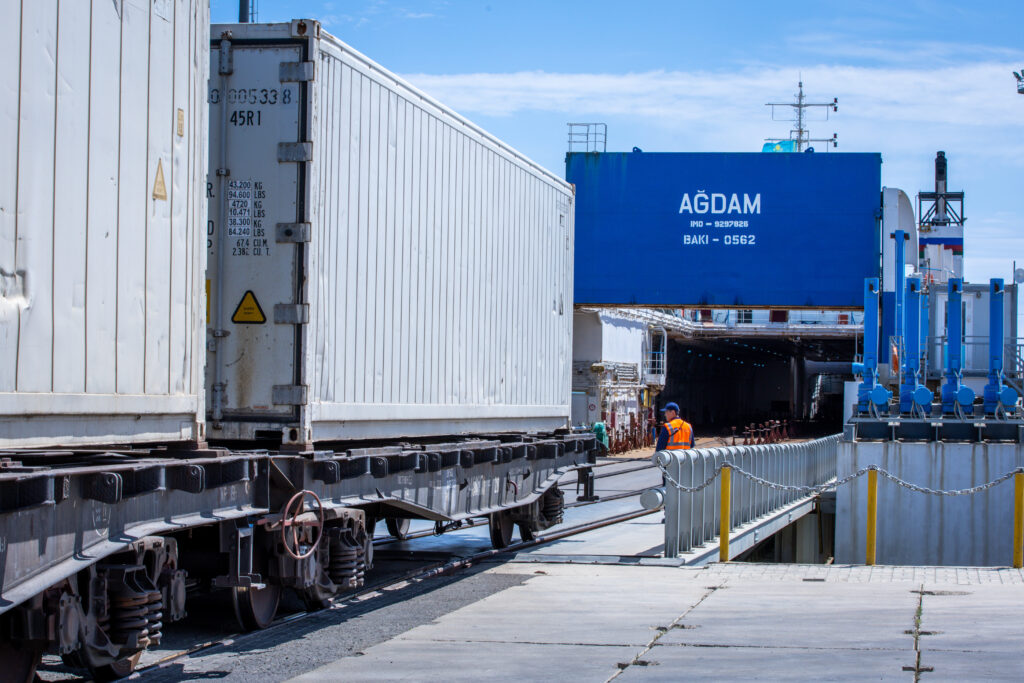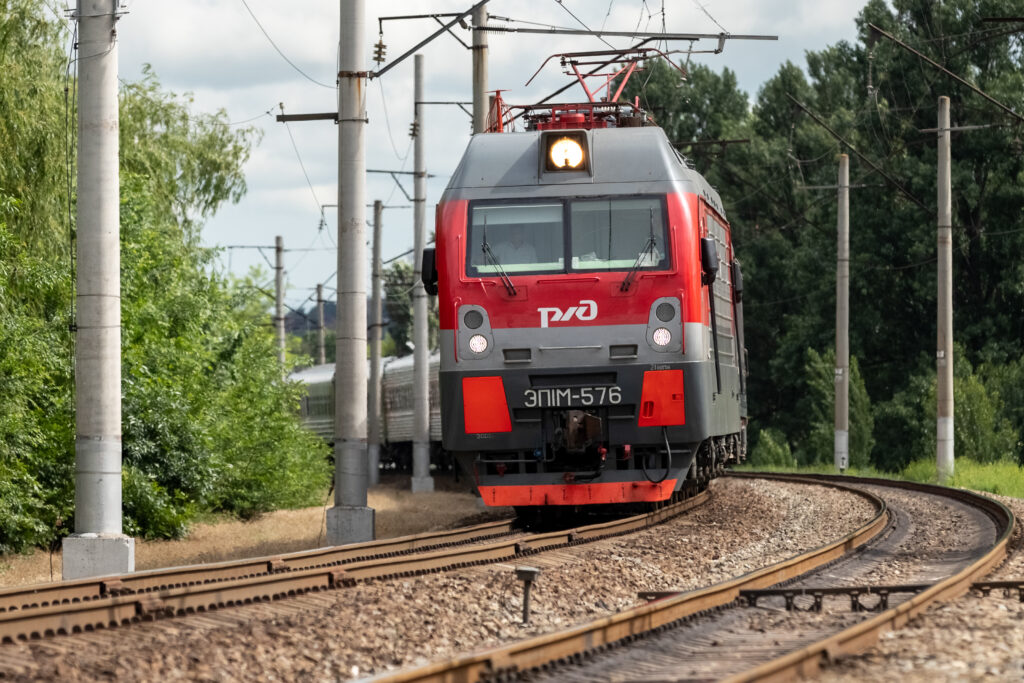With Russia’s full-fledged invasion of Ukraine in February 2022, Western countries responded by imposing unprecedented economic sanctions on Russia. There are now more than 24 thousand various sanctions in place (of which 21 thousand have been enacted since the war started), making Russia by far the most sanctioned country globally, having ‘overtaken’ Iran in this respect. The EU alone has adopted fifteen sanctions packages to date, while other Western countries, including the US, the UK, Canada, Australia, Switzerland and Japan, have followed suit.
The sanctions cover a wide range of economic sectors, companies and individuals. They include bans on lending to Russian entities; they restrict exports on a wide range of high-tech, dual use and luxury goods; the EU has an import embargo on Russian oil, coal, timber and steel and a ‘price cap’ on oil shipments to third countries; there are targeted sanctions against key Russian companies; about half of Russian foreign reserves and of assets of numerous Russian politicians, big businessmen and propagandists held in Western jurisdictions are frozen; and — last but not least — secondary sanctions are in place on companies from third countries such as China, the United Arab Emirates and Turkey doing business with Russia and helping it to circumvent Western sanctions.
After the sanctions had been imposed, the forecasts for the Russian economy became overwhelmingly gloomy. The consensus view, shared by some within Russia, was that in the first year of sanctions the country’s GDP would contract by about 10% — more than during the global financial crisis of 2008−2009, followed by another year of recession and stagnation in the longer term. One of the few dissenting voices, far away from the expert mainstream, was the US economist James Galbraith. He published an article with a provocative title ‘The gift of sanctions’, where he argued, among other things, that a large and relatively technologically advanced economy such as Russia’s would benefit from decoupling from the West and the withdrawal of Western companies. In a nutshell, his argument was that this would offer Russian companies new market opportunities that did not exist in the past and force the government to implement policies that could not have plausibly been implemented on its own initiative.
Taking stock three years after sanctions had been imposed, one can recognize that Galbraith’s assessment proved to be in many ways correct. After contracting a mere 1.4% in 2022, the Russian economy recovered, growing by 4.1% in both 2023 and 2024, with both private consumption and investments expanding markedly. Economic output is thus significantly higher now than before the start of the war. There are few doubts about the credibility of official statistics, which is by and large confirmed by the recent findings of the Finnish institute BOFIT as well as the earlier estimates done by the Vienna Institute for International Economic Studies. The Russian state still has enough money to continue its war effort and ramp up defence production. True, persistent budget deficits that have been recorded over the past three years are largely a novelty for Russia, which used to have the track record of fiscal prudence ever since the government default of 1998. However, they have been kept at manageable levels of around 2% of GDP and partly financed by tapping the sovereign National Welfare Fund. The current account has remained comfortably in surplus, and the number of Russian dollar billionaires has gone up since the start of the war.
This is not to say that sanctions have not had any impact whatsoever. During the first few months after the start of the war, they dealt a heavy blow to the Russian economy: the rouble depreciated sharply, imports plummeted by half, and sectors previously dominated by Western capital (such as car production) were struggling. In several sectors of the economy, including the crucial energy sector, the effects of sanctions — and the decoupling from the West more generally — are felt to this day. Although Russia has succeeded in diverting the bulk of its oil exports from Europe to Asia, notably China and India, the EU import embargo has weakened its bargaining power vis-à-vis these latter countries. As a result, the price discount for Russian oil widened, depriving the Russian government of some of its revenues. Prior to the war, the energy sector accounted for around 40% of the federal budget revenue; this share is now down to some 30%, partly due to sanctions.
Russia’s exports of natural gas to the EU via pipelines — not even formally sanctioned — have plunged by about 90%, partly due to the EU’s supply diversification strategy and Ukraine’s reluctance to prolong the transit contract with Gazprom after 2024 (although Russia’s own supply cuts and the physical destruction of the Nord Stream pipeline have played a role as well). Unlike oil, Russia will have great difficulties to divert its gas exports to China because of infrastructure constraints, while the development of LNG projects is held back by sanctions.
On the import side, the German ifo Institute has found that Russia continues to receive only two thirds of the sanctioned goods. Production inputs and equipment, which are difficult to transport and easy to monitor, have been generally worst affected. For instance, there is reportedly a shortage of spare parts for the Boeing and Airbus airplanes flying in Russia, while the aircraft manufacturing industry is facing major challenges in expanding domestic production — ambitious plans (the government initially planned to build around 1,000 new aircraft by 2030) and generous state funding notwithstanding.
In other cases, although Western goods still make their way into Russia via third countries (often with the tacit knowledge of producers), they have become more expensive. This is partly because the US threatened sanctions on banks from third countries dealing with Russia, enabled by the December 2023 decree of former President Biden; these have made import payment schemes more elaborate and costly. This is fuelling inflation, which has been on the rise, forcing the central bank to tighten policy drastically. Expensive credit, in turn, is increasingly becoming a drag on domestic demand, and economic growth will probably halve this year as a result.
All these examples demonstrate that Western sanctions have had at least some economic success. However, this does not change the overall picture of the remarkable resilience of the Russian economy. Why is that? In my view, there are several reasons, some of which are outlined below.
The ill-conceived design of many sanctions
The examples of this are numerous. Many of the existing loopholes derive from the desire of sanctioning countries to minimise the adverse consequences of sanctions for their own economies. For instance, while some of the biggest Russian banks such as Sberbank, VTB and Alfabank were disconnected from the SWIFT payment system almost immediately after the start of the war, Austria’s Raiffeisenbank — the biggest foreign bank in Russia — was not, becoming an important vehicle for cross-border payments between Russia and Europe (and more than half of the bank’s total profits in 2022−2023 came from Russia operations). The same applied to Russia’s Gazprombank, which up until November 2024 (when it ended up on the US sanctions list) was handling all gas import payments. To give another example, although the US administration signed in May 2024 a law banning the imports of Russian uranium, the law envisaged a waiver of the prohibition which can be granted up until 2028 if there is ‘no alternative viable source of uranium or… such imports are in the national interest’. Around a quarter of all enriched uranium used in US nuclear power stations is of Russian origin.
In other instances, the focus of sanctions has been entirely misplaced. For example, many Russian oligarchs were put on sanction lists and their assets in Western jurisdictions frozen, usually on the grounds that they facilitate the Russian war machine and/or are allegedly close to Russian President Putin. The idea behind was to weaken their support for Mr Putin (and ideally facilitate the regime change), however it was based on a false assumption that the so-called ‘oligarchs’ are independent political actors in Russia — which they are not. In economic terms, these sanctions have backfired. The long-standing reputation of Western jurisdictions as a ‘safe haven’ for Russian capital has been shattered, and more of it became available for investments in Russia.
‘Military Keynesianism’ as a new economic policy paradigm
After many years of fiscal restraint, with the start of the war government spending was stepped up significantly. A large part of this has been military spending, which soared from 3.6% of GDP in 2021 to 6.5% last year — on top of credit expansion to the defence sector on highly preferential terms. However, the boom in military production has been benefiting many other sectors as well, both directly (via sectoral production linkages) and indirectly (via the labour market, where hefty payments in the army and military plants led to a competition for scarce labour with the rest of the economy). With unemployment at an all-time low of 2.3%, many companies are complaining about acute labour shortages. As a result, real wages rose by around 8% in both 2023 and 2024, benefiting consumer-oriented sectors such as retail trade, hospitality and catering. Thus, paraphrasing the famous question posed by the top officials of Nazi Germany whether people want ‘butter or cannons’, one can say that in present-day Russia there have been enough resources to produce both, at least so far.
This fiscal expansion would have hardly been possible, if Russia had not been preparing its economic fundamentals for the war and the geopolitical standoff with the West for many years prior to the war. To reduce the vulnerability to Western financial pressure, the public (and external) debt had been kept in check. During the decade preceding the war, this had been starving the economy of the badly needed demand stimulus — but has provided enough fiscal space that can be tapped now.
China to the rescue
High economic growth in Russia over the past two years would not have been possible, if Russia had not been able to import critical equipment and inputs to sustain domestic (including military) production. In that sense, the role of third countries has been crucial. The countries of the «global South», such as China, India, Turkey, Kazakhstan, Kyrgyzstan, Armenia and the United Arab Emirates, have not joined Western sanctions and act as important hubs for the re-exports of Western (including sanctioned) products to Russia. Critical parts and components for the military industry, such as semiconductor chips, are largely imported via China and Hong Kong, and China has been also increasingly exporting to Russia its own products, notably cars which now account for more than half of all new vehicles sold in Russia.
To be sure, Russia’s high economic dependence on China is utterly one-sided. While China accounts now for around 35% of Russian foreign trade, the share of Russia as China’s trading partner stands at a mere 4%, giving China important leverage which could be potentially used. Nevertheless, it has been embraced by Russia as the de facto only feasible alternative to economic isolation under the current geopolitical circumstances. As long as China continues to support Russia in its geopolitical standoff with the West — and for the time being there are few reasons to believe otherwise — the Western sanctions on Russia will remain largely toothless.
The resilience of the Russian economy to sanctions has arguably manoeuvred Western governments into a political dead end. So far, they have invested their political capital in the successive tightening of sanctions by broadening their scope. However, the greater the number of sanctions already imposed, the less intertwined the Russian economy becomes with the West (and the more dependent on China), the smaller Western political leverage on Russia will be.
In these circumstances, the only plausible way to seriously harm the Russian economy would be to put emphasis on secondary sanctions. However, so far secondary sanctions that have had at least some success, such as the targeting of third countries’ banks as well as vessels transporting Russian oil in violation of the price cap (the so-called ‘shadow fleet’), have mostly come from the US. The EU has been somewhat lagging behind, often because of the lack of consensus among member states. For instance, the so-called ‘No Russia’ clause, which would ban EU subsidiary companies in third countries to re-export sanctioned goods to Russia, was reportedly dropped from the 14th EU sanction package upon the insistence of Germany. Besides, secondary sanctions are inherently difficult to design. Targeting the whole country risks political alienation, whereas sanctions on individual companies and private persons are challenging to monitor and, as track record so far has shown, usually effective only in the short run — until ways to circumvent them are found.
Finally, it is questionable whether the concerted sanction effort on Russia can be sustained in the future, given the emerging rift between the US and other Western countries, although the latest announcements by the top officials of the Trump administration on this have often been confusing and outright contradictory.
It should also be borne in mind that sanctions not only have an economic dimension, but also a political one. In many cases, they have a counterproductive side effect, which occurs when sanctions are seen as a hostile gesture against the country as a whole. This is precisely what is suggested by the surveys conducted by the renowned Levada Centre, which operates independently of the Russian government (and is even officially labelled as a ‘foreign agent’). According to its most recent press-release from September 2024, ‘the prevailing opinion is that the sanctions have not created serious problems for the respondents and their families. At the same time, almost two thirds of respondents believe that sanctions will strengthen our country and become an incentive for its development. The majority of respondents (73%) believe that Russia should «continue its policy despite the sanctions.» In that sense, Western sanctions appear to have paradoxically strengthened the Russian regime — not vice versa.
